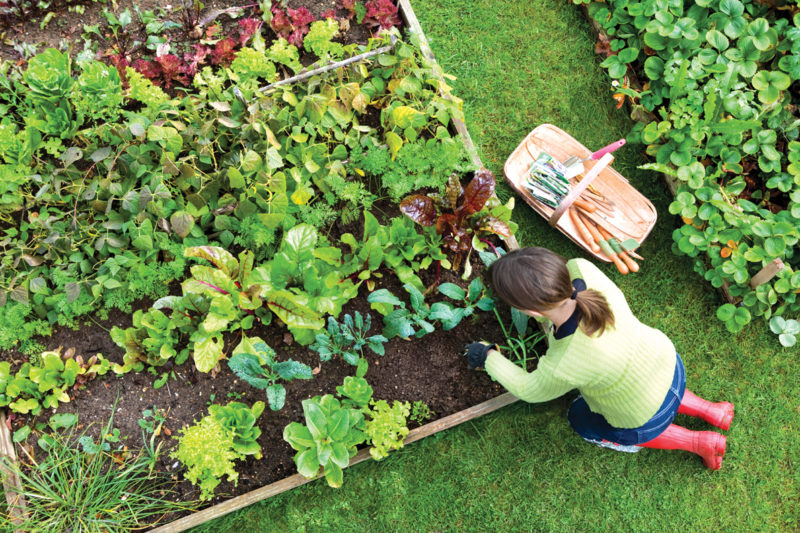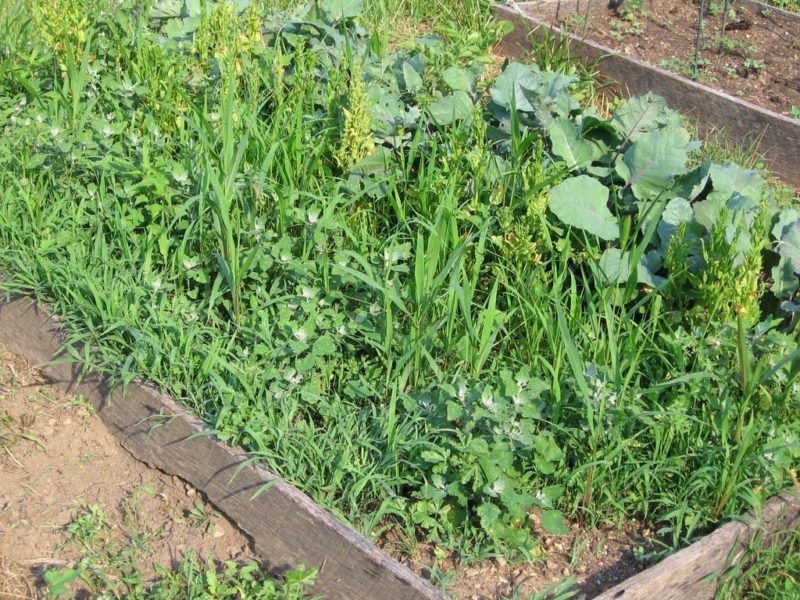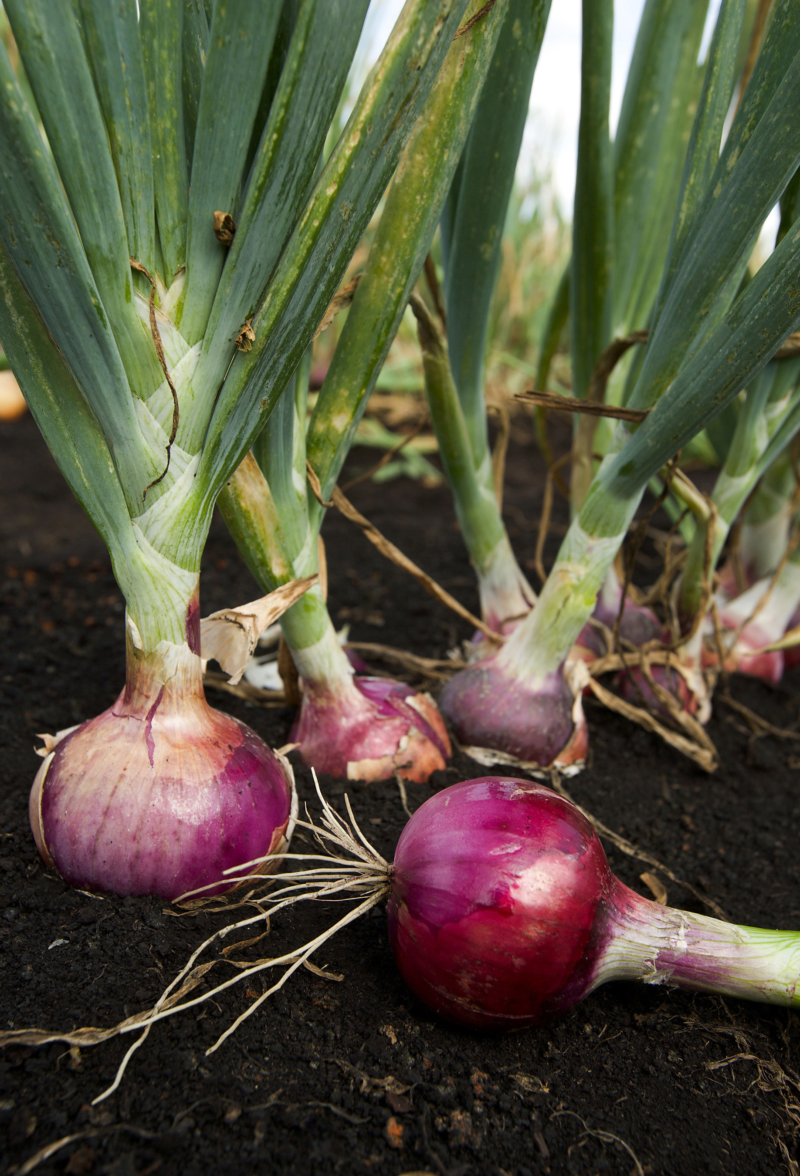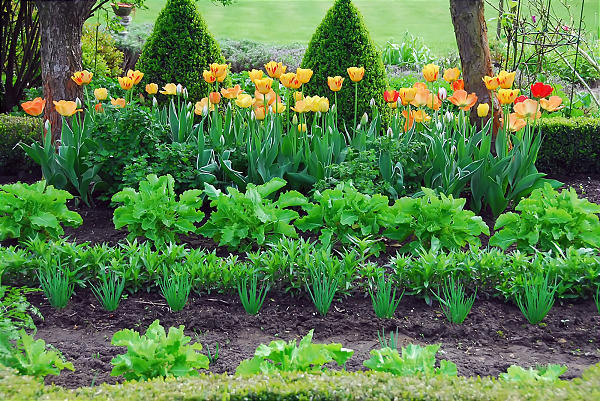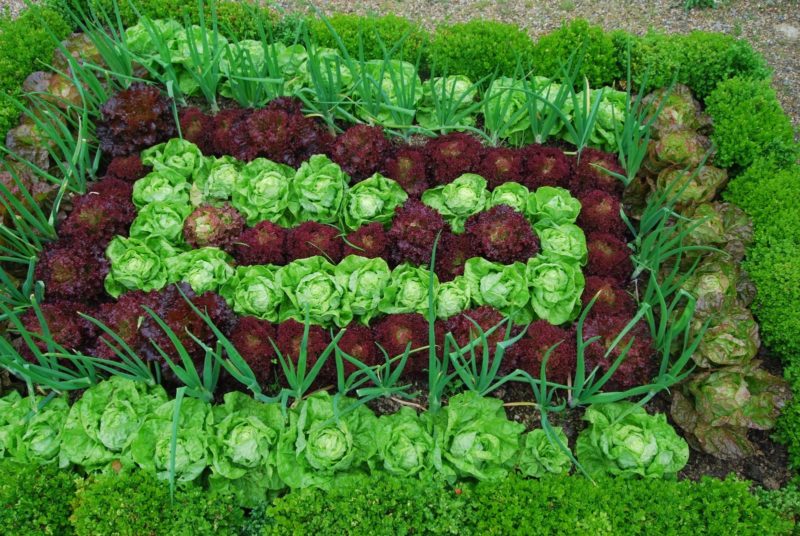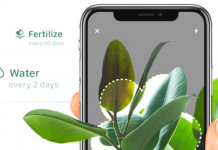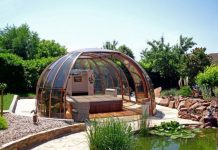For someone who’d just begun to delve into the art of gardening, starting out with a small vegetable patch is the best way to go. Growing vegetables is the easiest way to learn all the little niches of gardening, as well as getting used to getting your hands dirty. Gardening is most definitely not a light hobby, but an extensive endeavor that demands attention, care, and minute detailing. To figure out the intricacies of gardening, one must not expect excellent results on the very first try, but be patient, and kind with the task at hand. For this purpose, starting off with a vegetable garden would be the best option. Here, in this article, we would like to feature some tips for beginners who would like to try their hand at growing out a vegetable garden as their very first foray into gardening.
1. Know The Perfect Spots
Vegetables, much like every flowering plant need all sorts of love and care to thrive to their fullest – and to make that happen, you must, first and foremost, choose the perfect ground cover. A good grounding spot would not only ensure the quality of your veggies, but also make sure that they are stocky, better in flavor, and disease resistant.
Knowing the proper spot does not mean you have to extensively study and shape the available ground covers – it just entails that one must pick the best spot; one that would be at an optimum position for the vegetables to thrive, and come up in the best possible way. For that, you must factor in some principles that count for essentials when it comes to any plant growth: sunlight, watering, and nutrient rich soil.
Optimum amount of sunlight would mean that your vegetables would grow to be in prime eating condition, and that they would be rich in all the right places. Proper watering would ensure that your vegetable seedlings are adequately hydrated, and not dampened by an excess of sun, and nutritious soil would entail that the patch is rich enough in nutrients that would coax the seedlings to grow.
READ ALSO: 8 Vegetables That you Can Grow Inside Your Home
2. Weed it Out
One of the most formidable enemy of any garden grower is an abundance of weed. At one point or another, the owner is constantly at war with those ubiquitous green alien plants that try to take root in all parts of the garden, and destroy the roots. When a weed starts to grow out, it is better to rip it out when it is still small, and hasn’t taken much root space. Once it starts to grow out, and grow up, things may go severely downhill. The roots of the weeds spread in a horizontal fashion, and as such, suck away all the nutrients from the soil that had been previously allocated for the vegetable seedlings. This can essentially hinder the growth of your vegetables, and even if they manage to pop out, may be deformed or too small due to lack of proper soil nutrition.
READ ALSO: 11 Best Gardening Tips For Beginners
3. Take Care of the Bulbs
While plating bulb-ous plants, make sure that you plant the seeds in the right direction. The problem with planting bulbs is, that most amateurs do not know which side of the seed needs to go up, and which one needs to go down – the pointy edge needs to look up, while the fat edge needs to be firmly planted down. If buried the wrong way, the seed would struggle to grow up – confused about which side needs to be growing towards the sun, and which one needs to be growing roots. By the time it figures out which side needs to grow in what direction, the plant would grow to be weak, and almost lifeless, making it completely obsolete.
4. Adequate Spacing In Between
It is usually mentioned on the back of every seed packet about how much distance should be left between each seed plantation. It may sometimes seem a bit too close, but fear not – it is, most of the time, fairly adequate. The beginner must understand that not every seed you plant is going to grow up, and the ones that do, need the horizontal space underneath to grow out its root sprawl for appropriate transmission of soil nutrients. Another thing to note is, that the seeds themselves are too small – keep in mind that they are going to grow up into sizeable plants, and so, the spacing between each one would matter greatly.
5. Small Crop Rotation
It is an eloquently articulated advice, that the same vegetables not be planted in the same soil twice, as the soil would not support the similarity of the crop for more than a few times. It is better known as crop rotation, and in the case of a small vegetable patch, could be decidedly ignored. The crop rotation system does not work on beginner patches as they are too small, and the crop turnover is too fast. However, it would be wise to note that you should not plant the same vegetables in the same spot for more than two years in a running.

